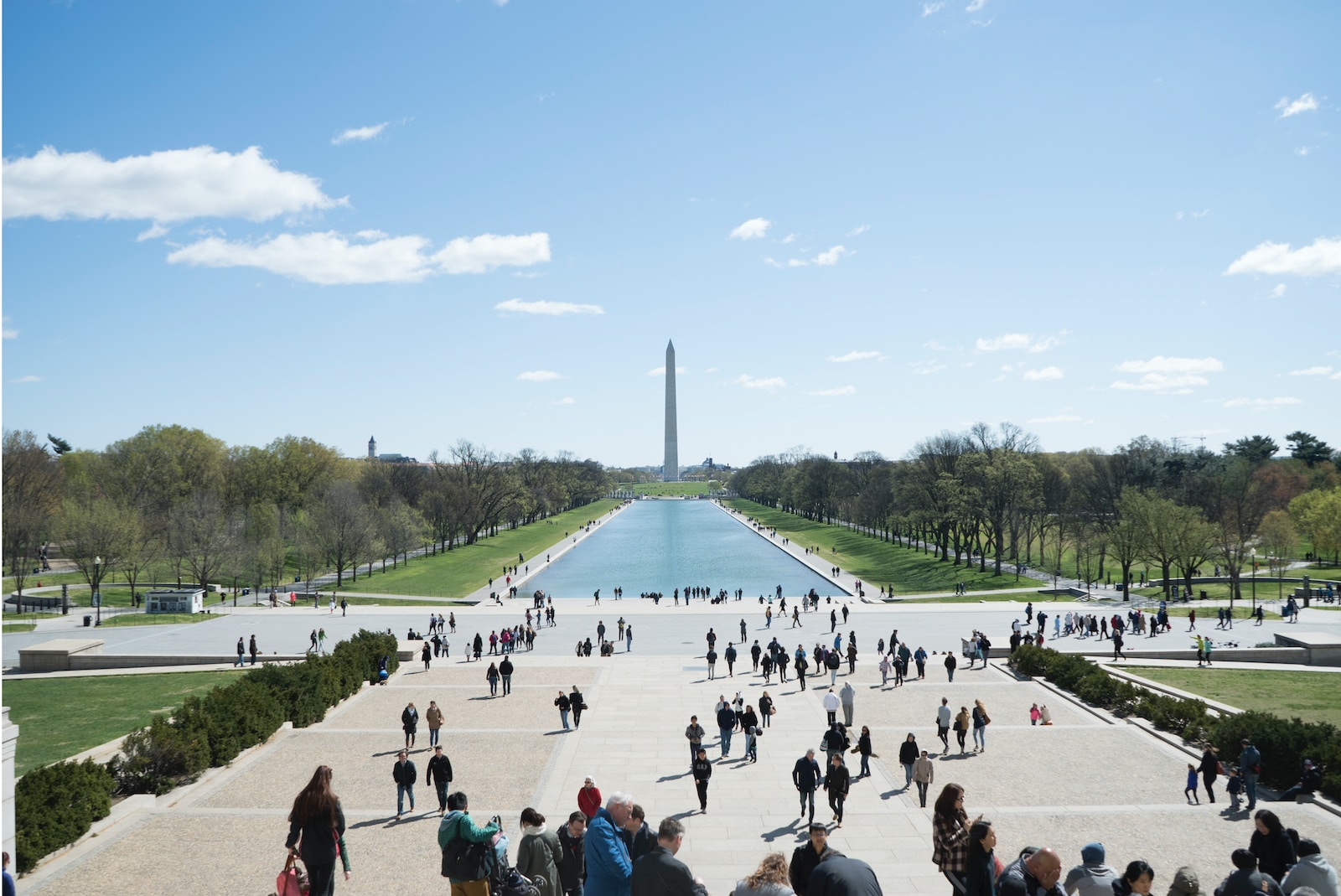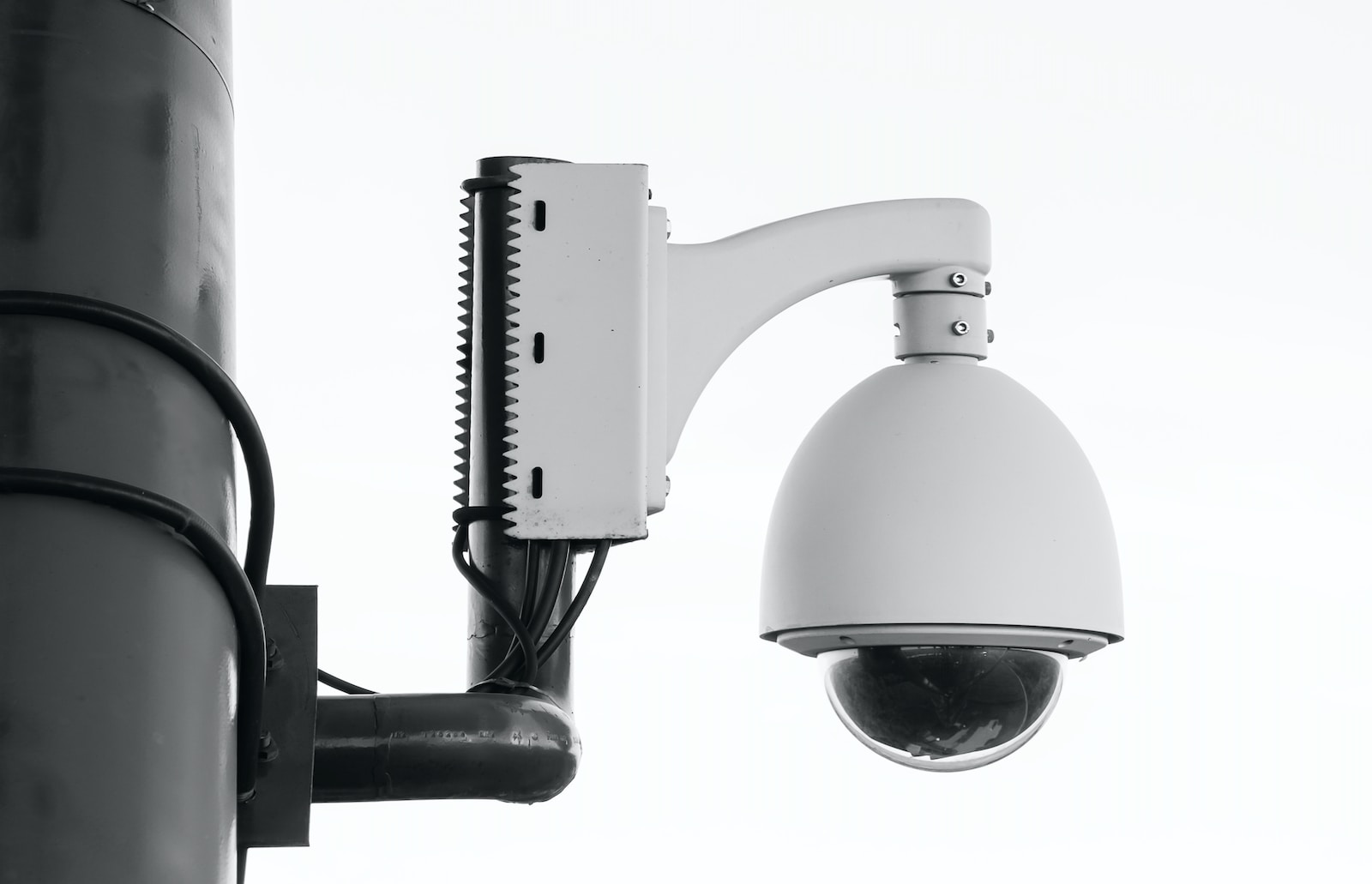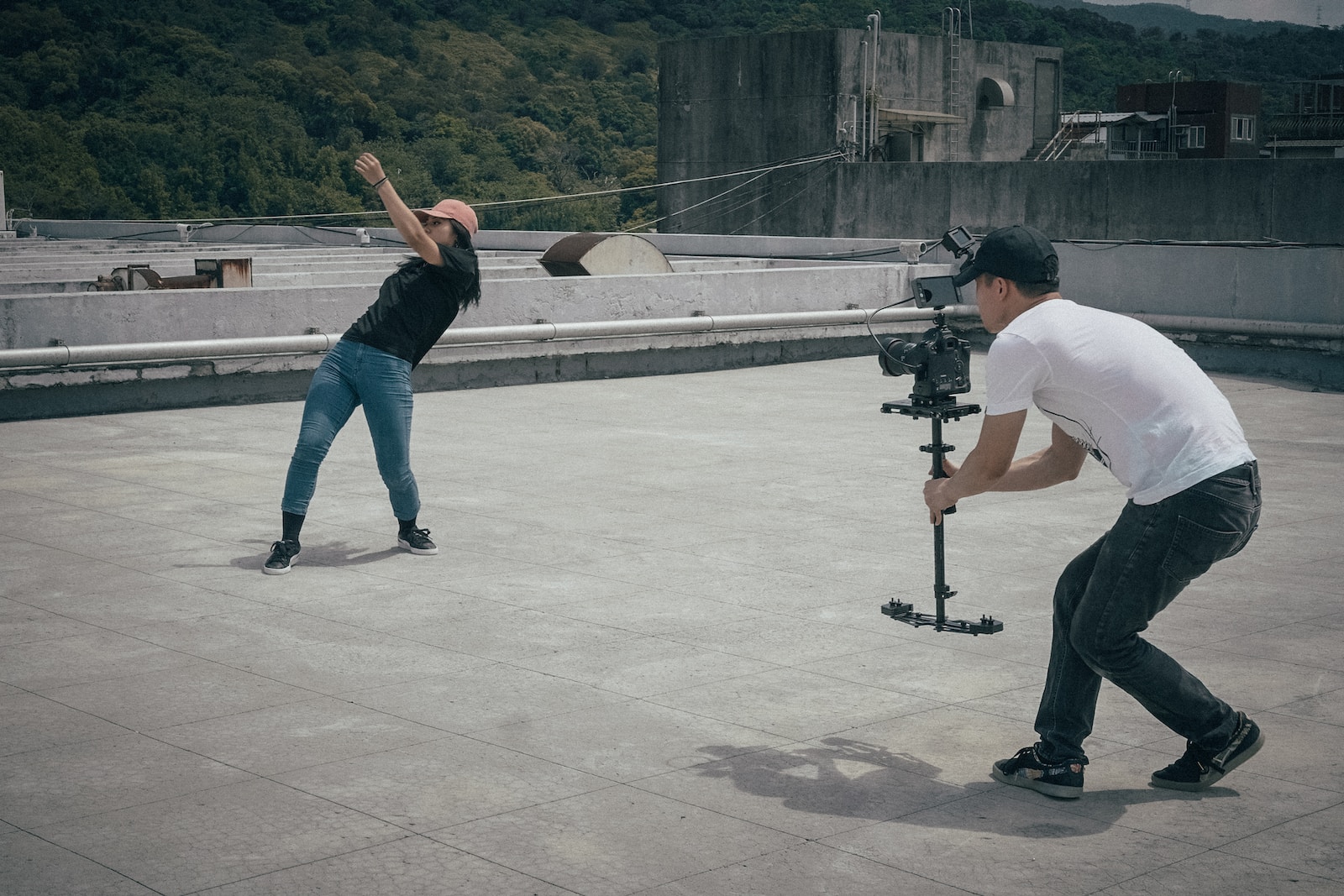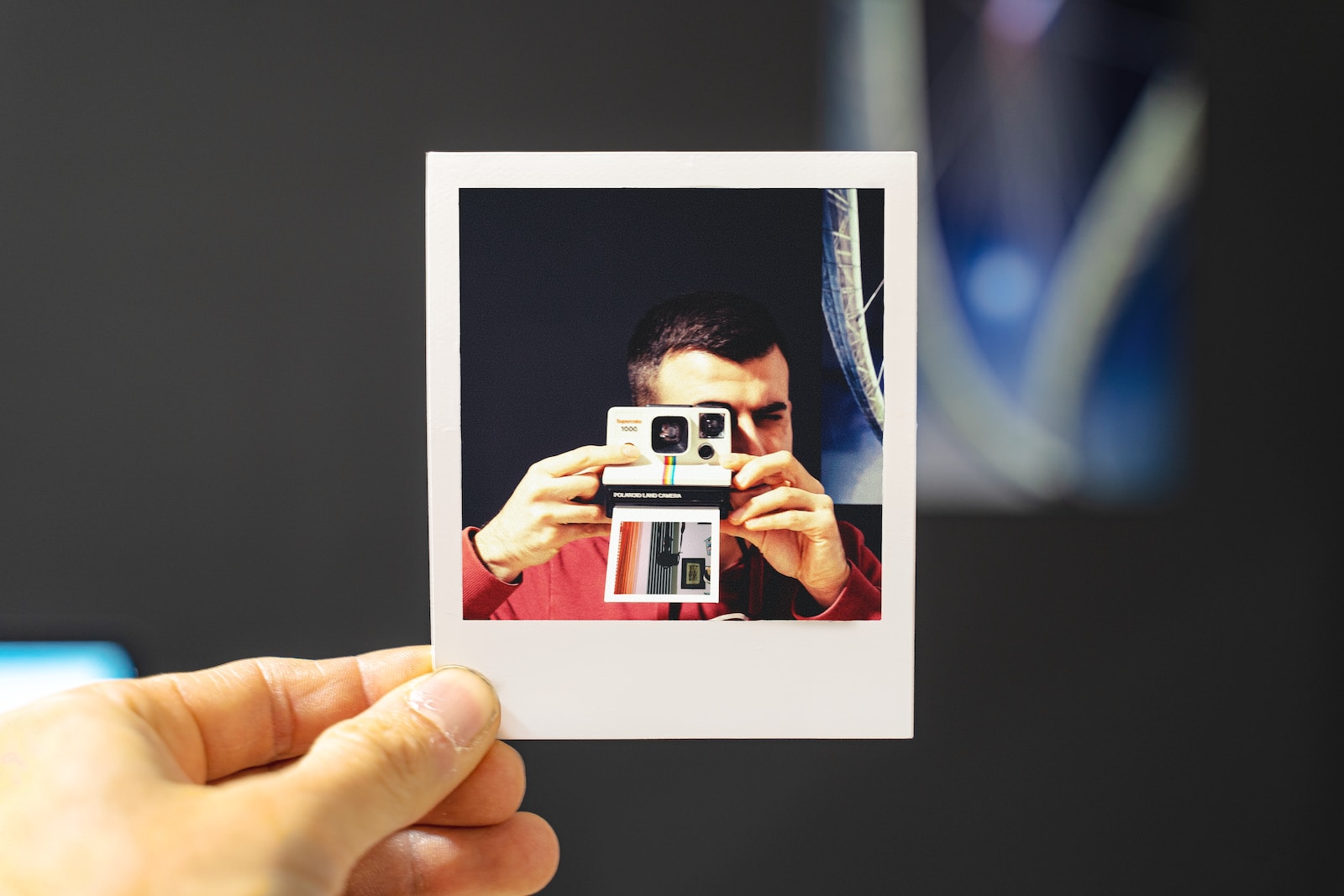If you love capturing candid moments of people in public, you might wonder about the legal and ethical implications of your hobby. How do you respect people’s privacy rights while documenting the world around you? In this guide, we will explore the fascinating and complex topic of public photography, covering the laws and ethics that govern this practice. We will also provide practical tips and advice to help you navigate different scenarios and locations with confidence and responsibility. Whether you are a beginner or a seasoned photographer, this guide will help you improve your skills and awareness as a public photographer.
Table of Contents
- What You Need to Know About Privacy Laws and Ethics
- How to Obtain Consent Effectively
- How to Deal with Unintended Subjects
- How to Photograph Responsibly in Different Public Spaces
- A Relevant Case Study: Overcoming Challenges in Public Photography
- Privacy Laws and Photography Ethics
- Conclusion
- Frequently Asked Questions
- 1. Is it legal to take photographs of people in public without their consent?
- 2. Are there any legal restrictions on public photography?
- 3. What are the ethical considerations of photographing people in public?
- 4. How can I be a responsible photographer in public spaces?
- 5. What should I do if someone objects to being photographed?
- Wrap Up
What You Need to Know About Privacy Laws and Ethics
Before you head out with your camera, it is important to familiarize yourself with the privacy laws and ethics that apply to public photography. Privacy laws vary from country to country, and even within regions and states. Some places have strict regulations that prohibit photographing people without their consent, while others are more lenient and allow photography in public spaces. By knowing the legal boundaries of your location, you can avoid potential lawsuits and fines.
However, legal compliance is not enough. You also need to consider the ethical aspects of public photography, which involve respecting people’s dignity, autonomy, and feelings. Even if the law allows you to photograph someone without their consent, you should still ask yourself if it is morally right to do so. How would you feel if someone took your picture without your permission? How would your image affect the person or the society? By following ethical principles, you can ensure your photography is not only lawful but also respectful.
The information provided in this article is for general informational purposes only. It is not intended to be a substitute for professional advice, opinion, or endorsement of any kind. The author does not assume any responsibility or liability for the accuracy, completeness, or reliability of the content. The views and opinions expressed in this article are those of the author and do not necessarily reflect the official policy or position of any other entity. Readers are advised to consult with a qualified professional before taking any action based on the information provided in this article.
How to Obtain Consent Effectively
One of the key elements of responsible public photography is obtaining consent from your subjects. Consent means that the person agrees to be photographed and understands how their image will be used. Obtaining consent can be challenging, especially in crowded or busy places where people may not notice or hear you. However, there are some strategies that can help you approach people politely and effectively.
- Be friendly and confident: Smile, make eye contact, and introduce yourself as a photographer. Explain why you want to take their picture and what you plan to do with it.
- Be respectful and honest: Respect people’s wishes and feelings. If they say no or seem uncomfortable, thank them and move on. Do not lie or deceive them about your intentions or identity.
- Be flexible and creative: Sometimes, people may agree to be photographed under certain conditions, such as hiding their face, changing their pose, or deleting unwanted images. Try to accommodate their requests as much as possible. You can also use alternative methods of obtaining consent, such as signs, cards, or stickers that inform people that they are being photographed and how to opt out.
Did you know that in some countries, such as Germany and Sweden, you need to obtain consent from both the person and the property owner if you want to photograph someone in a private place that is visible from a public place?
How to Deal with Unintended Subjects
Sometimes, you may capture people in your photographs unintentionally, such as when they walk into your frame or are part of a large crowd. These unintended subjects pose an ethical dilemma for public photographers: Should you seek their permission after taking their picture? Should you anonymize them by blurring their faces or cropping them out? Should you delete their images altogether?
There is no definitive answer to these questions, as different situations may require different solutions. However, here are some factors that can help you decide:
- The context and purpose of your photograph: What is the main focus of your image? Is it the person or the place? What are you trying to convey or communicate with your photograph? How will you use or share your image?
- The visibility and identifiability of the person: How clearly can you see the person’s face or other features? How recognizable are they? Are they wearing anything distinctive or revealing?
- The expectation and sensitivity of the person: How likely is it that the person expects or consents to be photographed in that situation? How sensitive or personal is the situation? Is the person engaged in any illegal, immoral, or embarrassing activity?
Based on these factors, you can choose an appropriate course of action that balances your artistic vision with the person’s privacy rights.
How to Photograph Responsibly in Different Public Spaces
Public spaces are not all created equal when it comes to photography. Some places are more suitable for capturing candid moments than others. Some places have specific rules or restrictions that limit your photography options. Some places pose more ethical challenges than others. As a public photographer, you need to be aware of these differences and adapt your photography practices accordingly.
Here are some examples of common public spaces and how to photograph responsibly in them:
- Parks: Parks are generally considered public spaces where photography is allowed. However, parks are also places where people go to relax, play, or enjoy nature. Therefore, you should be respectful and discreet when photographing people in parks, especially children, families, or couples. Avoid disturbing or intruding on their activities, and obtain consent whenever possible.
- Beaches: Beaches are also public spaces where photography is permitted. However, beaches are also places where people wear less clothing and expose more of their bodies. Therefore, you should be careful and respectful when photographing people on the beach, especially women, children, or minorities. Avoid sexualizing or objectifying them, and obtain consent whenever possible.
- Shopping centers: Shopping centers are private properties that are open to the public. Therefore, photography in shopping centers may be subject to the owner’s or manager’s discretion. Some shopping centers may allow photography for personal use, while others may prohibit it altogether. Therefore, you should always check the rules and regulations of the shopping center before taking any pictures. You should also respect the privacy and security of the shoppers and the staff, and obtain consent whenever possible.
Did you know that in some countries, such as the United Kingdom and Canada, you can legally photograph police officers in public spaces as long as you do not obstruct or interfere with their duties?
Understanding the Role of Consent in Public Photography
Consent is a crucial element in public photography, especially when capturing images of people without their explicit permission. Explore the concept of consent in different contexts, including public events, crowded city streets, and tourist attractions. Learn how to approach individuals respectfully and obtain consent effectively, ensuring your images are not only legally compliant but also morally sound.
The Dilemma of Unintended Subjects: Balancing Creativity and Respect
As a public photographer, you may encounter situations where you unintentionally capture individuals in your photographs. Discover the ethical considerations surrounding these unintended subjects. Should you seek retrospective permission? Is anonymization a viable option? Explore these questions and find ways to reconcile artistic pursuits with preserving privacy and dignity.
While public spaces may appear to host open game for photography, there are certain boundaries that photographers must respect. Investigate the ethical dilemmas associated with capturing images in places such as parks, beaches, and shopping centers. Learn how to approach photography responsibly in these areas, considering the balance between personal privacy and the public nature of the surroundings.
Photography and Social Media: Respecting Digital Boundaries
In today’s interconnected world, social media plays a significant role in the distribution and consumption of photographs. Uncover the ethical considerations surrounding sharing photographs online, ensuring that both privacy and digital boundaries are respected. Understand the implications of tagging, geotagging, and facial recognition technology, and discover best practices for sharing photographs responsibly on social media platforms.
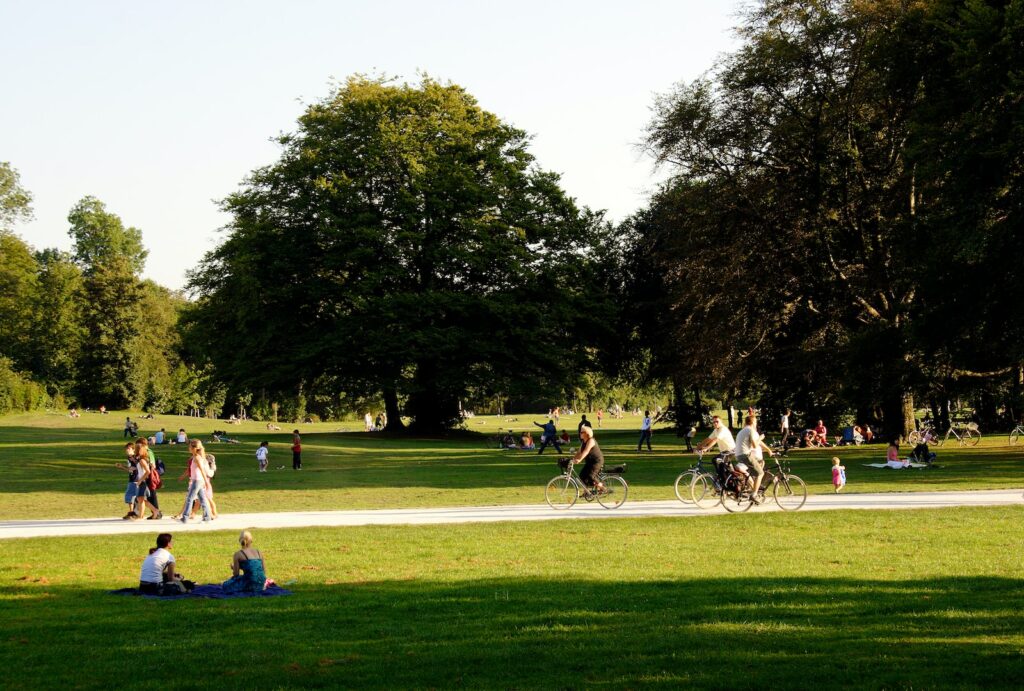
A Relevant Case Study: Overcoming Challenges in Public Photography
In the world of public photography, striking a balance between artistic expression and privacy rights can be a challenging feat. This case study highlights the experiences of a renowned photographer, John Adams, known for his captivating street photography.
John Adams, an avid street photographer based in New York City, faced numerous legal and ethical challenges during his career. His passion for capturing raw moments in public spaces often led him to confrontations with individuals who felt their privacy had been invaded.
Privacy Laws and Photography Ethics
Photography in public spaces poses unique challenges, as different jurisdictions have varying laws and regulations. Adams found himself struggling to navigate these legal complexities, often facing backlash and potential legal consequences.
One particularly challenging incident occurred when Adams photographed a crowded street during a local festival. He captured an intimate moment between a couple, seemingly unaware of his lens. However, shortly after sharing the image on social media, Adams received a cease and desist letter from the subjects, claiming their privacy had been violated.
Adams realized he needed to understand the legalities surrounding public photography to avoid future conflicts. Through extensive research and consultation with legal experts, he discovered essential information to protect himself and respect people’s privacy rights.
Overcoming the Challenges
Armed with knowledge and a renewed commitment to responsible photography, Adams implemented several strategies to avoid future legal troubles:
- Understanding Local Laws: Adams familiarized himself with the privacy laws specific to different regions before embarking on his photography expeditions. This included being aware of any restrictions on photography and the legal requirements for obtaining consent.
- Communication and Consent: Adams began seeking verbal consent from individuals he photographed when feasible. This not only protected him legally but also established a respectful connection between the subject and the photographer.
- Blurring and Anonymizing: In situations where gaining consent was not possible or practical, Adams started blurring faces or other identifiable features during post-processing to protect the subject’s privacy.
- Education and Awareness: Adams took an active role in educating fellow photographers and the general public about the legal and ethical aspects of public photography. He conducted workshops and participated in panel discussions to raise awareness and foster a respectful photography culture.
The Benefits of Responsible Photography
Although navigating the legal and ethical minefield of public photography can be challenging, Adams found that embracing responsible practices had numerous benefits:
- Enhanced Reputation: By being conscious of privacy concerns and respecting individuals’ rights, Adams gained a reputation as a considerate and ethical photographer.
- Open Communication: Seeking consent and engaging in conversations with his subjects fostered open lines of communication, allowing him to capture more authentic and collaborative moments.
- Community Engagement: Adams’ dedication to education and awareness-building created a sense of community among fellow photographers and the public. It inspired dialogues about privacy rights and responsible photography practices.
Conclusion
Through his experiences, John Adams demonstrated that it is possible to navigate the complex landscape of public photography while respecting privacy rights. Understanding the legalities and ethics, and implementing responsible practices, not only shielded him from legal consequences but also enhanced his reputation and fostered a more respectful photography community.
Frequently Asked Questions
1. Is it legal to take photographs of people in public without their consent?
Generally, yes. In public spaces, individuals have a limited expectation of privacy. However, there may be specific laws and regulations that vary depending on your location. It’s essential to familiarize yourself with the local privacy laws and guidelines.
2. Are there any legal restrictions on public photography?
While it is generally allowed, there are a few exceptions and limitations to consider. For instance, you cannot photograph someone in a way that invades their reasonable expectation of privacy, such as in a restroom or their private property visible from a public area. Additionally, certain activities like surveillance or capturing explicit content may have legal consequences.
3. What are the ethical considerations of photographing people in public?
Respecting people’s privacy and dignity is crucial when taking photos in public. It’s important to consider whether your actions may cause harm or discomfort to the subjects. Avoid intrusive or exploitative practices, and always be mindful of the impact your photographs may have on individuals.
4. How can I be a responsible photographer in public spaces?
Here are a few tips to ensure responsible photography:
- Observe and respect signs prohibiting photography in certain areas.
- Avoid photographing individuals in vulnerable situations or compromising positions.
- Seek permission when capturing close-ups or intimate moments.
- Be aware of cultural sensitivities when photographing people from diverse backgrounds.
- Consider the impact of your photographs and how they may be perceived.
5. What should I do if someone objects to being photographed?
If someone expresses discomfort or objects to being photographed, it’s crucial to respect their wishes. Politely apologize and delete the photo if requested. Engaging in a respectful dialogue and explaining your intentions may also help resolve any concerns.
Wrap Up
Photography in public spaces is a complex issue that raises questions about privacy rights, legalities, and ethics. While it is generally legal to take photos of people in public without their permission, understanding the specific laws and regulations in your location is crucial. By adhering to responsible photography practices, such as obtaining consent when necessary and being considerate of people’s privacy, you can navigate these gray areas more effectively. Remember, our actions as photographers have a direct impact on the people we capture. Share your thoughts on public photography, privacy laws, and photography ethics in the comments below. Let’s engage in a meaningful conversation!
